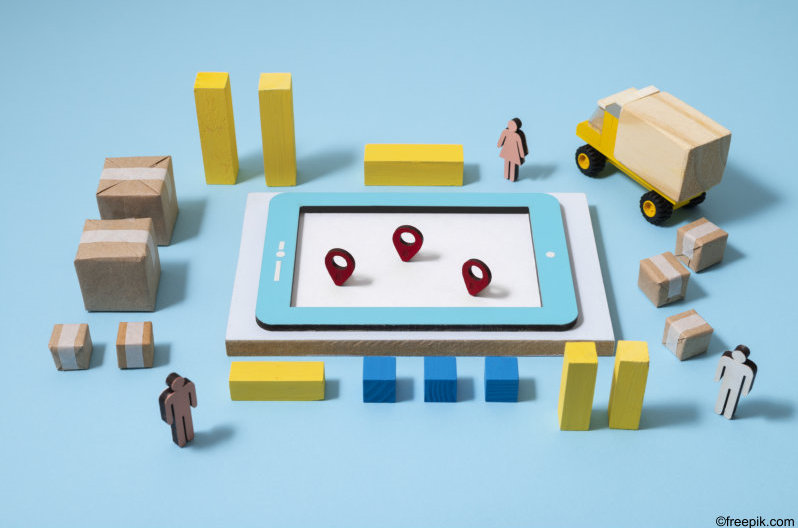Improved efficiency at the POS – with integrated merchandise management system
Purchasing, deliveries, warehousing and sales – to prevent an overview of inventories from being lost, more and more companies are relying on merchandise management systems. The software solutions enable individual processes to run more efficiently and, above all, reduce the risk of errors. Another benefit: a merchandise management system can also be used at the point of sale to optimize the sale of goods. Real-time data on inventories, prices and customer preferences provide more information. And there is more: It is also possible to link the various sales channels such as the online store without any difficulties.
Merchandise management systems – What is it?
A merchandise management system, in short MMS, has one primary task: to combine information from the different company areas around purchasing and sales, goods receipt and goods issue as well as warehouse stocks. This enables a holistic view of the various processes and reliable data-based decisions can be made. MMS software is therefore a database with a focus on material and inventory management.
It is filled with master data such as articles or materials, but also relevant supplier or customer objects. The daily transaction data from the stores is also important. This includes orders, returns, transfers or delivery bills. By consolidating and using this information, nothing stands in the way of smooth and efficient goods movement in retail.
In this context, a MMS should not be confused with an enterprise resource planning system (ERP). Focusing on materials and inventory management, the merchandise management system is much more likely to be seen as a useful part of an ERP for retail. Whereas an ERP system usually also includes controlling, customer relationship management (CRM), accounting or production aspects – depending on the industry.
Merchandise management and POS – a powerful duo
Optimized checkout processes are particularly important in stationary trade chain stores, but also for direct producers, farm stores or mobile points of sale that want to benefit from more flexible cash register processes. The basis of success for this: a well-functioning POS system that ultimately promotes efficiency at the POS. This is why we at ALVARA | Digital Solutions, together with our subsidiary IT Relations, have developed the ITR checkout. Today, more than thousands of stores and locations already benefit from the accelerated operating processes, simple returns control or direct scale connection. This enables efficient integration while avoiding complex IT solutions.
Further added value results when the POS and merchandise management system are interlinked. This is where ITR Checkout comes in and enables a connection to various merchandise management systems. The ERP system from FrachtPilot, for example, includes merchandise management as a function of the software solution. Read more about the advantages of the interface to ITR Checkout in our article.
There are also many other ERP systems integrated with our POS solution. Mavin Goekom and Optiback for bakers, CSB for butchers and Orgasoft.NET for retailers are just a few examples. Now our ITR customers also benefit from a great innovation at Orgasoft.NET
REST API for real-time data exchange
The need to exchange data in a highly automated and, when possible, real-time manner is also increasing in the retail sector. The solution: REST APIs. The combination of Representational State Transfer and Application Programming Interface meets these requirements. Unlike conventional interfaces, REST APIs are more flexible and easily scaled. At our partner Orgasoft.NET, REST API paves the way for connecting third-party applications such as ITR Checkout to the merchandise management system.
This link between the merchandise management system and the POS system enables article master data to be exchanged automatically, for example for price control purposes, as well as sales and returns to be recorded in real time. This means that inventory information is always kept up to date. Efficient goods purchasing becomes a reality in this way, and detailed analyses of sales volumes can be created in no time. The up-to-date view also enables retailers to reduce inventories. The classic “reserves” are now in the past.
Conclusion
Overall, this bridge-building allows the entire purchasing process to be reliably controlled. Since stationary retail is no longer the only mainstay, the integration of versatile sales processes such as online store and click-and-collect with the proven retail store also deserves to be highlighted positively. However, the optimized inventory information across systems as a result of a real-time information flow entails a far greater advantage. Because if a customer in the stationary trade falls back on the last article, this is immediately sold out in the online store. The result: higher customer satisfaction.
You want to profit from the data treasure? Then connect your POS system with a suitable MMS. Let us advise you!




